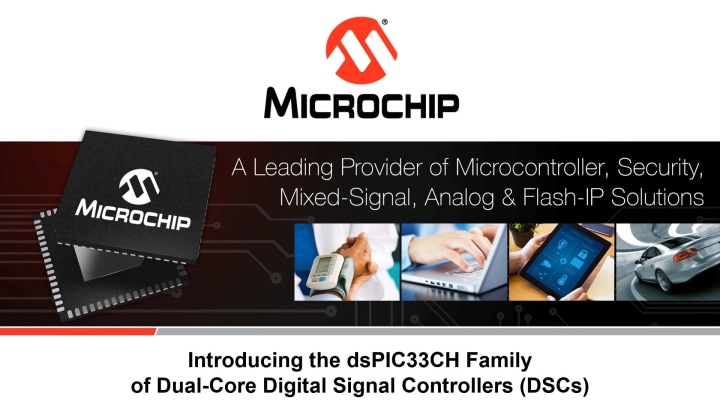Live Chat
Need Help?
Privacy PolicyComplete Solution for Controller Area Network (CAN 2.0) and CAN FD (Flexible Data Rate)
Bring communication and connectivity in your embedded design to the next level with our Controller Area Network (CAN) bus solutions technology. Originally created for automotive applications, the CAN protocol is a high-speed, reliable communication protocol for applications requiring robust communication at bit rates reaching 8 Mbps. Incorporating the CAN protocol into your design is a cost-effective communications option which enables a high degree of real-time capability for simple to complex electrical environments.
We offer a complete line of products to meet the needs of high-performance embedded applications using the CAN protocol, including 8-bit, 16-bit and 32-bit microcontrollers (MCUs), 32-bit microprocessors (MPUs) and Digital Signal Controllers (DSCs) with integrated CAN, external CAN controllers and CAN transceivers. With easy-to-use development systems, code examples, drivers and application notes, we provide a total CAN bus solution that enables low-risk product development, lower total system cost and faster time to market for your high-performance, embedded design.
CAN Solutions With MCUs, DSCs and MPUs
CAN FD MCUs
We offer 8-bit and 32-bit MCUs and DSCs with integrated CAN FD bus compliant to 11898-1:2015 (ISO CAN FD). These products range from entry-level devices to high-performance products both in industrial and automotive-qualified solutions.
CAN Solutions With Interface and Connectivity Products
CAN 2.0 and CAN FD Transceivers
Our CAN and CAN FD transceivers support the newest CAN standards, ISO 11898 2/5/6, ISO 11898-2:2016 and SAE J2962-2. These CAN transceivers offer unique features, various wake-up functionalities and high levels of EMC performance with and without Common Mode Choke. These devices also offer the industry’s first Grade 0 (Temp: −40 to 150°C) automotive approved CAN transceiver family.
External CAN 2.0 and CAN FD Controller with Integrated Transceiver
By combining a CAN controller and high-speed CAN transceiver in a single package these devices minimize application component count while offering the same features as the stand-alone devices.
CAN Partial Networking Transceiver
These CAN Partial Networking (PN) transceivers support not only local wake-up via WAKE and remote wake-up pattern according to ISO 11898-2: 2016, but also support ISO 11898-2: 2016 compliant CAN partial networking. A CAN frame decoder evaluates the bus traffic and checks for a matching frame that has been configured into registers via the SPI. The device is able to keep the complete ECU in a low power mode even when bus traffic is present until a valid wake-up frame is received. It also features a watchdog and a Serial Peripheral Interface (SPI).
External CAN 2.0 and CAN FD Controller
These products increase design flexibility while reducing component count and can be easily added to a microcontroller with an available SPI interface. Therefore, a CAN FD channel can be easily added to a MCU that is either lacking a CAN FD peripheral or that doesn't have enough CAN FD channels. They support both CAN frames in the classical format (CAN 2.0B) and CAN Flexible Data Rate (CAN FD) format as specified in ISO11898-1:2015.
CAN Software
- CAN Products
- CAN FD Products
- CAN Transceivers
- CAN Partial Networking Transceivers
- External CAN Controllers
- External CAN Controllers with Integrated Transceiver
- CAN I/O Expanders
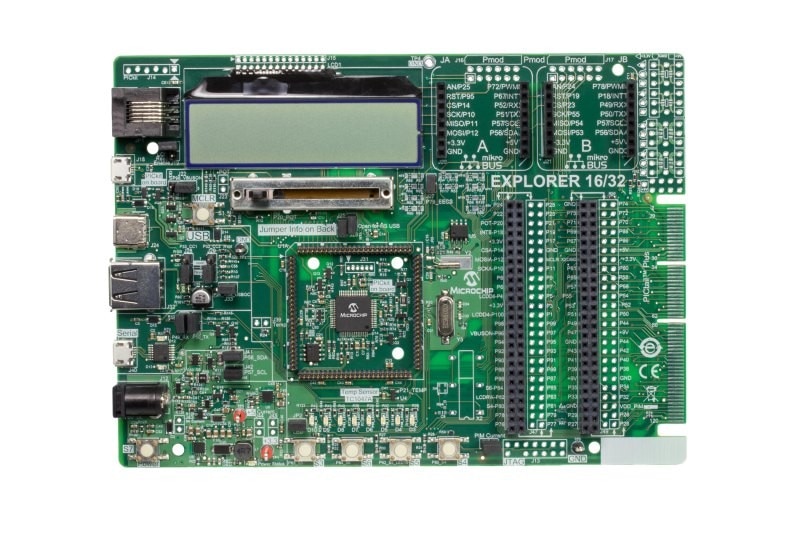
Explorer 16/32 Development Board
Part Number: DM240001-2
CAN 2.0 MCUs
- 16-bit PIC® MCUs and dsPIC® DSCs
- 32-bit PIC MCUs

CAN/LIN PICtail™ Plus Daughter Board
Part Number: AC164130-2
CAN 2.0 MCUs
- 8-bit PIC MCUs
- 16-bit PIC MCUs and dsPIC DSCs
- 32-bit PIC MCUs
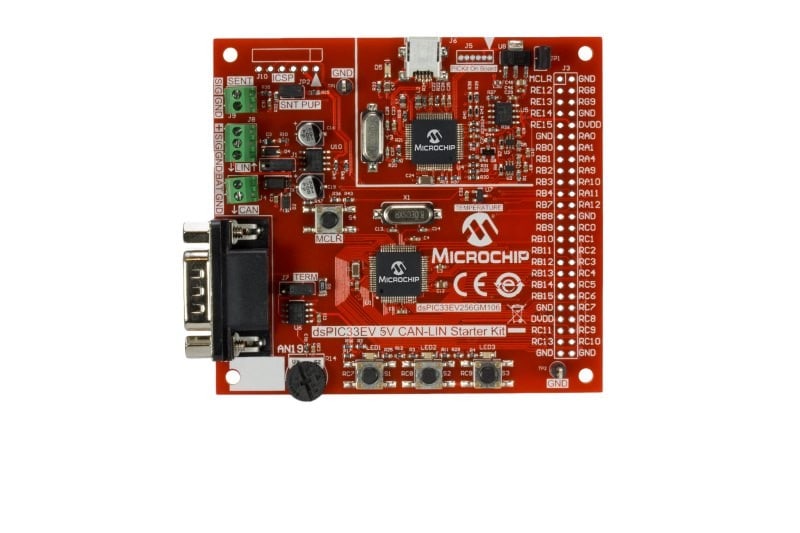
dsPIC33EV 5V CAN-LIN Starter Kit
Part Number: DM330018
CAN 2.0 MCUs
- 16-bit dsPIC DSCs
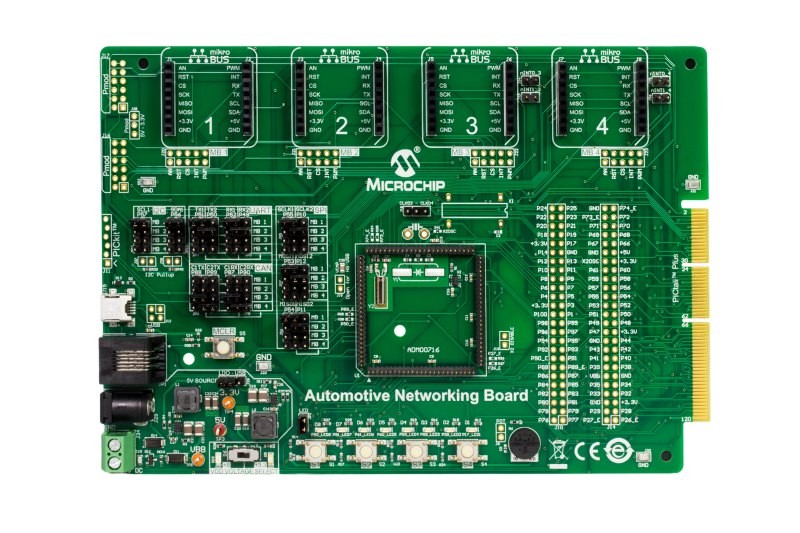
Automotive Networking Development Board
Part Number: ADM00716
CAN2.0 MCUs
- 8-bit PIC MCUs
- 16-bit PIC MCUs and dsPIC DSCs
- 32-bit PIC MCUs
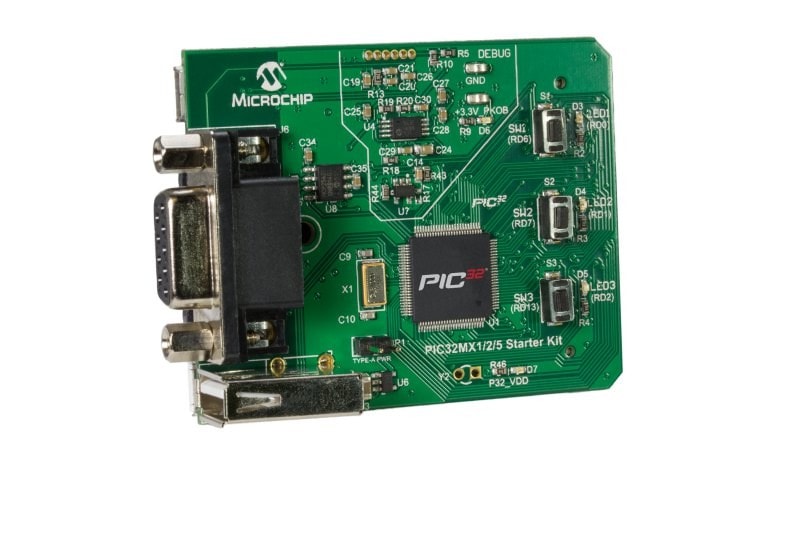
PIC32MX1/2/5 Starter Kit
Part Number: DM320100
CAN 2.0 MCUs
- 32-bit PIC MCUs
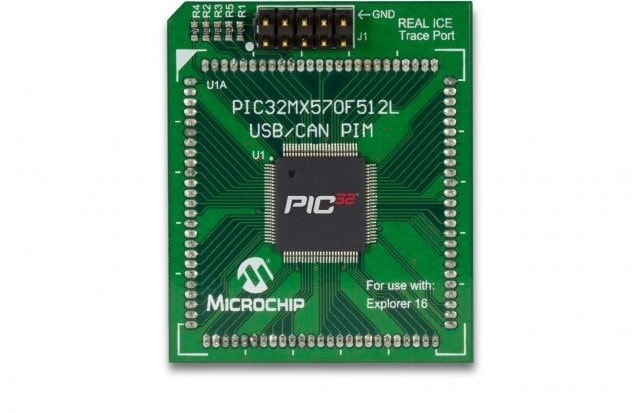
83 DMIPS PIC32MX570F512L CAN-USB Plug-In Module
Part Number: MA320015
CAN 2.0 MCUs
- 32-bit PIC MCUs
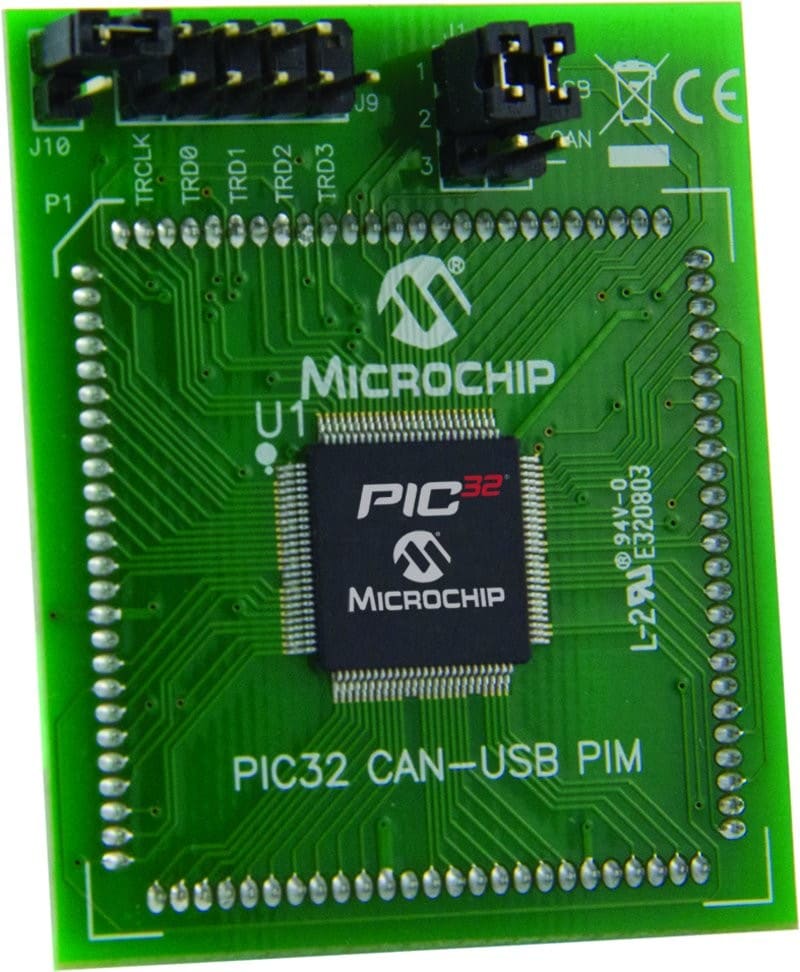
105 DMIPS PIC32MX795F512L CAN-USB Plug-In Module
Part Number: MA320003
CAN 2.0 MCUs
- 32-bit PIC MCUs
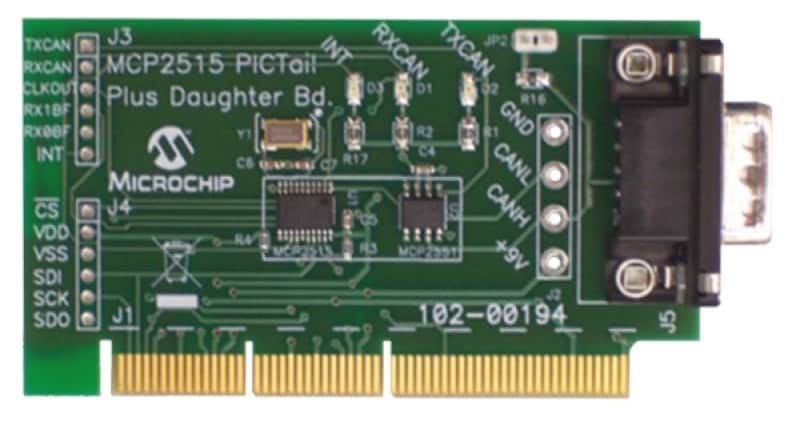
MCP2515 PICtail Plus Daughter Board
Part Number: MCP2515DM-PTPLS
- CAN Peripheral Products
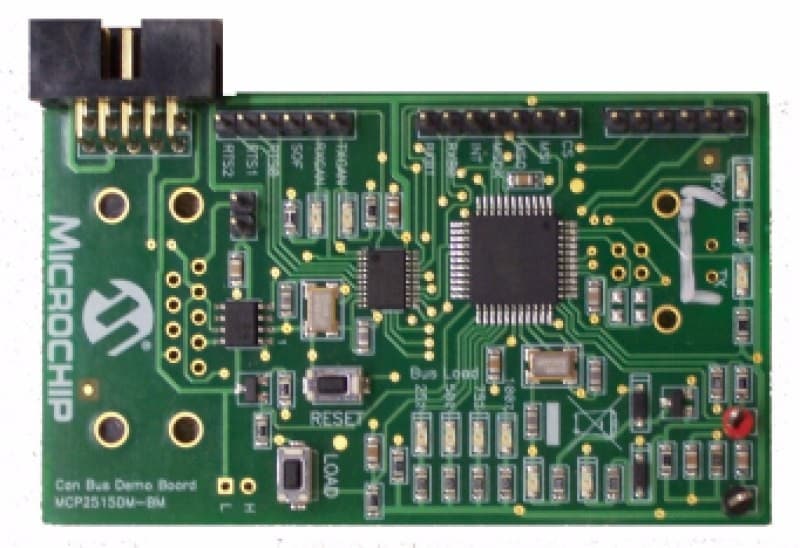
MCP2515 CAN Bus Monitor Demo Board
Part Number: MCP2515DM-BM
- CAN Peripheral Products
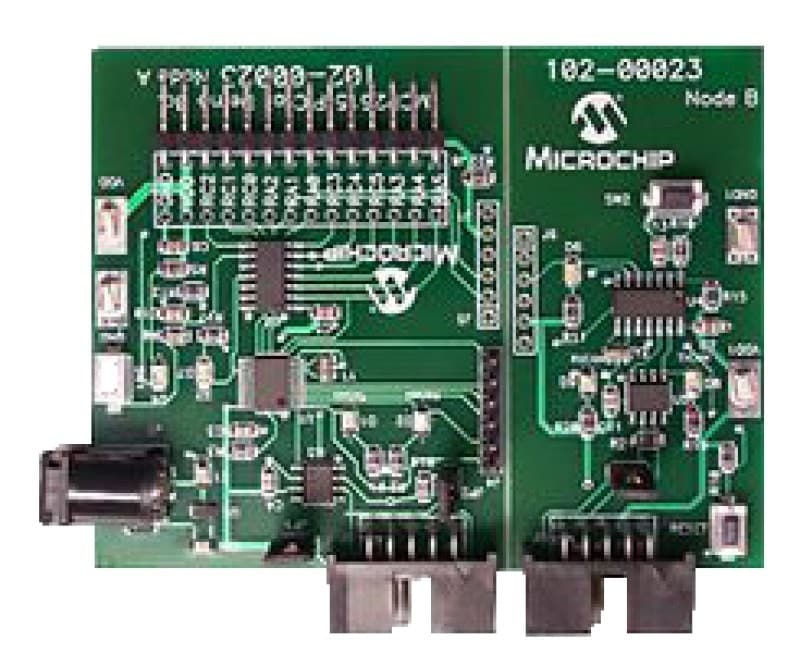
MCP2515 CAN Controller PICtail Demo Board
Part Number: MCP2515DM-PCTL
- CAN Peripheral Products
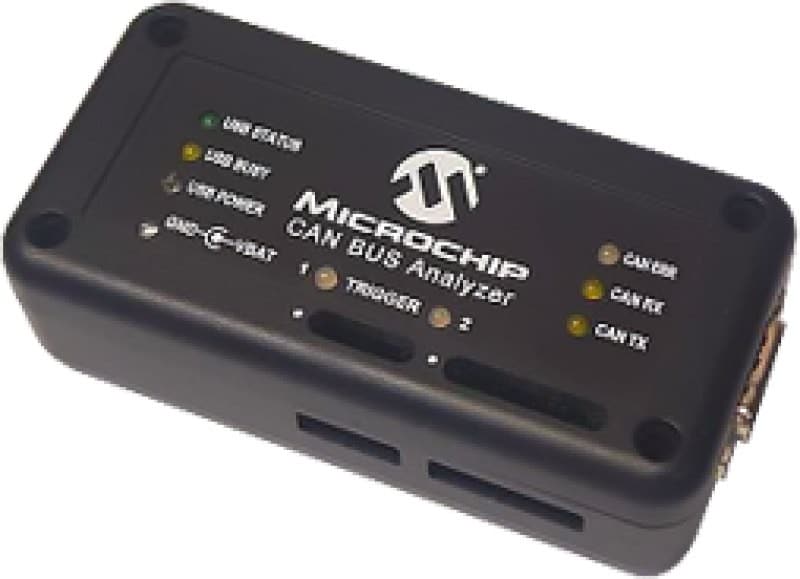
CAN Bus Analyzer Tool
Part Number: APGDT002
The CAN Bus Analyzer Tool is a simple-to-use, low-cost CAN bus monitor that can be used to develop and debug a high-speed CAN network. The tool supports CAN 2.0b and ISO11898-2 and offers a broad range of functions.

Total Phase Komodo™ CAN Duo Interface
Part Number: TTP100008
The Komodo CAN Duo Interface is a two-channel USB-to-CAN adapter and analyzer. The Komodo interface is an all-in-one tool capable of active CAN data transmission and non-intrusive CAN bus monitoring.
- Application Notes
- Brochures
- Code Examples
|
Title
|
|
|---|---|
| CE127 - Crosswire Communication between ECAN 1 and ECAN 2 modules | Download |
| PIC32 CAN to Ethernet Bridge Demo | Download |
| CE128 - ECAN FIFO Receive Example | Download |
| CE227 - Crosswire Communication between ECAN 1 and ECAN 2 modules | Download |
| CE129 - ECAN Remote Transmission Request | Download |
| CE229 - ECAN Remote Transmission Request | Download |
| CE034 - CAN Loopback | Download |
| ECAN Mode 0 with Baud | Download |
| CE228 - ECAN FIFO Receive Example | Download |
| ECAN Listen Only Loopback | Download |
| ECAN Mode1-2 RX15 | Download |
Introducing the dsPIC33CH Family of Dual-Core Digital Signal Controllers (DSCs)
This video is a quick introduction to the high-performance dual-core and peripheral of the dsPIC33CH family of DSCs. Learn how to take advantages of the new features of the dsPIC33CH family of DSCs, in your next real-time embedded system development.
| https://mu.microchip.com/dspic33ch-dual-core-device-architecture |
